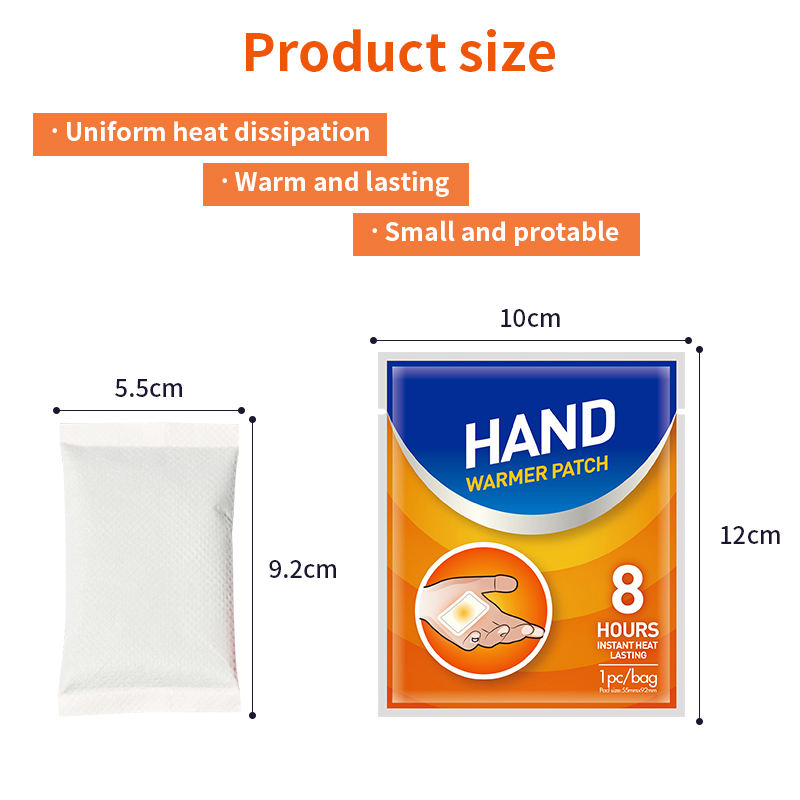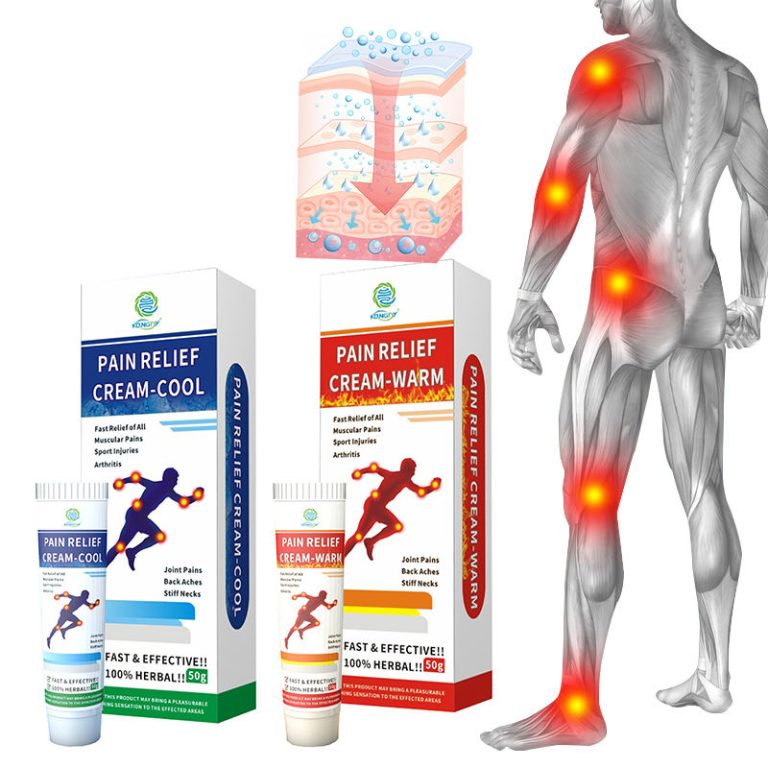We’ve all experienced that deep bone-chilling cold that no amount of layering can seem to fight off. For times like these, many people turn to the quick and portable heat provided by air-activated hand warmer patches. But have you ever wondered about the science behind how these little packets work their magic?
At their core, disposable hand warmer patches rely on an exothermic oxidation reaction between iron powder, salt, activated carbon, and oxygen from the air. Here’s a breakdown of the process:
Iron powder acts as the main fuel for the reaction. When exposed to air and moisture, the iron readily oxidizes, binding with oxygen molecules in a process known as rusting. However, this isn’t the typical slow rusting you might expect.

The addition of salt helps remove moisture from the air, providing the water vapor needed to kick the oxidation into full speed. Activated carbon and vermiculite are mixed in as well to help distribute the heat and moisture evenly throughout the patch.
As the components oxidize, they release energy in the form of heat. Thanks to some clever chemistry, this thermal energy gets trapped within the thin patch material instead of dissipating into the surrounding air.
The result is a compact, portable heating source that can provide warmth for up to 10 hours depending on the size and ratio of ingredients used. Premium hand warmers may also include an air-permeable covering to extend their lifespan once activated.
While simple in concept, it’s amazing how well these little air-activated hand warmer patches provide such reliable warmth. A perfect combination of ancient chemistry and modern design to fight off winter’s chill.






